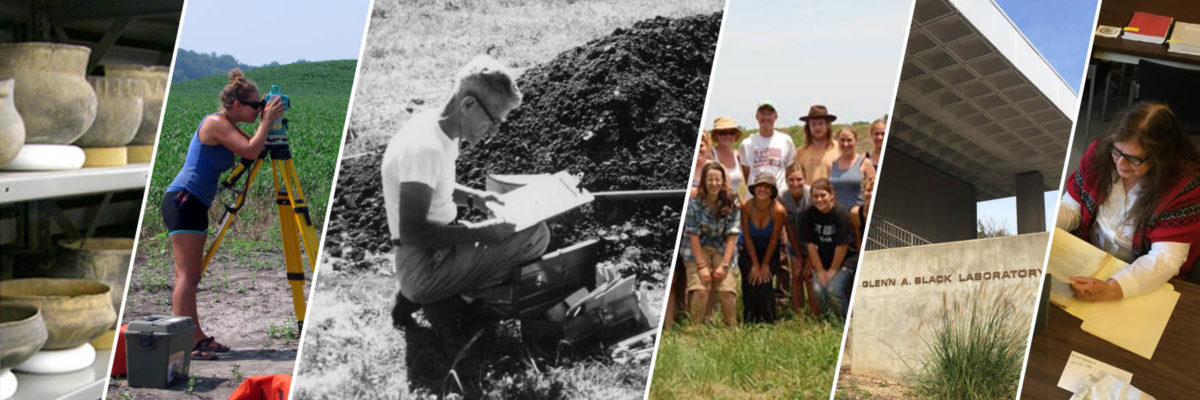February 8, 2017
by Rachna Chaudhari, Bicentennial Intern, Spring 2017

Sherry Wise, outdoor interpreter at the Wylie House, spent years of her own time researching artifacts she uncovered during the construction of the Education Center in 2009. The construction of this Center led to the reveal of hundreds of hidden artifacts, but unfortunately many were broken in the process. Sherry recovered some of the artifacts and stored them away. The basement of the Center is filled with boxes and boxes of broken pieces of dishes, teapots, bones, children’s toys; you name it. The Glenn A. Black Laboratory of Archaeology and the Wylie House are working diligently to ensure any possible archaeological discoveries are not disturbed with construction in the future.
One of the many things that was found was a toothbrush. Although a toothbrush was one of the many original items donated by descendants’ of the Wylie family, it just reiterated the importance of hygiene in the Wylie house. The idea of the toothbrush has been around since 3000 BCE, when Egyptians brushed their teeth with twigs. However, the more modern toothbrush was invented in 1780 by William Addis in England. The handle was carved from cattle bone and the brush portion was made from swine bristles. The toothbrush pictured above is also made of swine bristles. It is evident that the Wylies made it a point to maintain their hygiene, especially as a toothbrush can be found in almost all of the bedrooms of the Wylie House, along with a basin and wash-cloths. In fact, when it came to hygiene in general, the Wylies were way ahead of their time. When planning the layout of their home, the Wylies made their sickroom in the corner of the upstairs. Most houses during that time made their sickroom adjacent to the kitchen, which increased the likelihood of infecting others, as people constantly travel in and out of the kitchen.
References
[Manual], [Wylie House Museum Docent Manual], Reference Files, Indiana University Archives, Indiana University, Bloomington.


